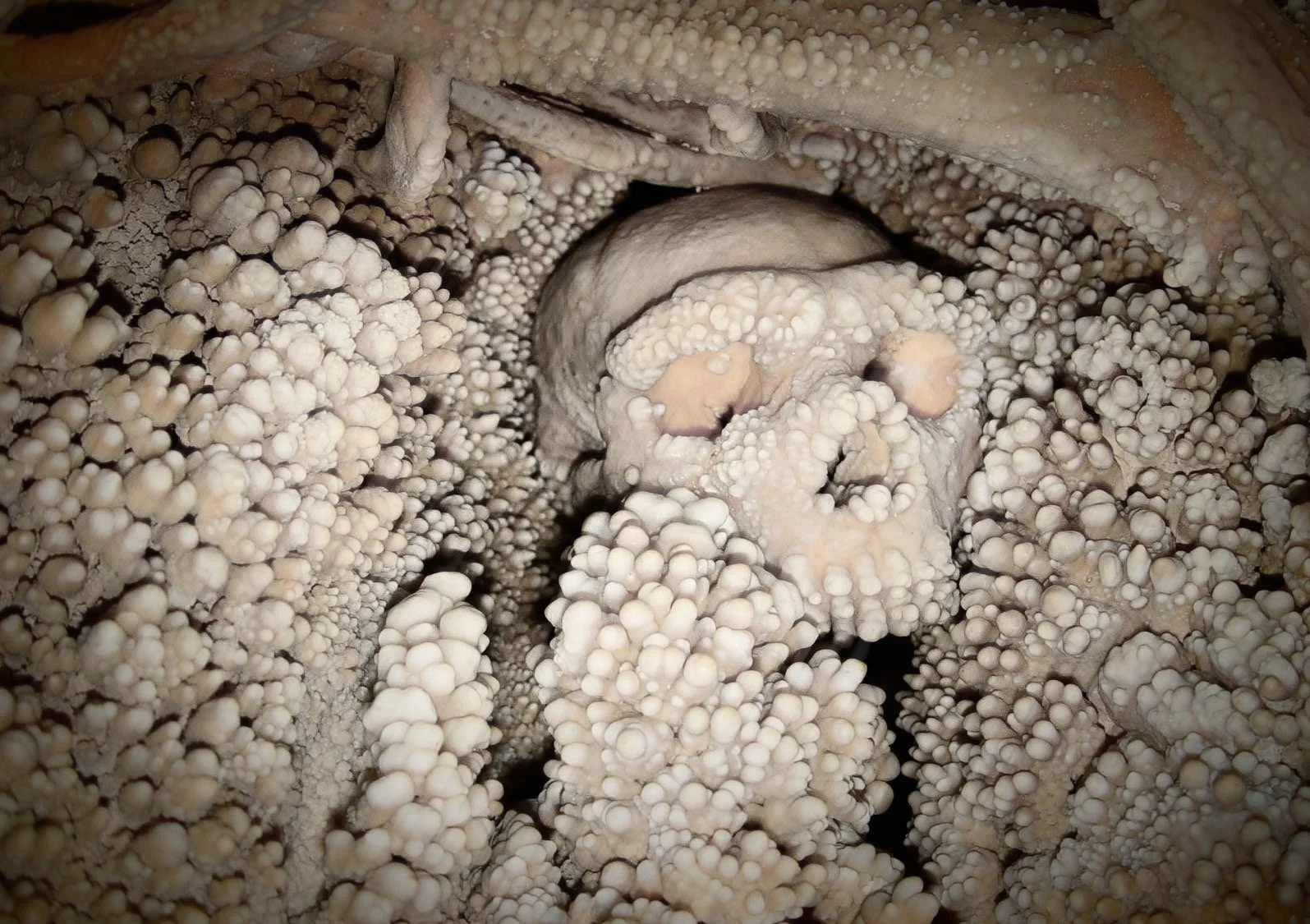Altamura Man
Altamura Man is regarded as one of the most renowned Neanderthal fossils globally, distinguished as one of the most complete and well-preserved Paleolithic skeletons ever found in Europe. Its remarkable state of preservation, which includes the bones located within the nasal cavity, renders it a crucial discovery for enhancing our understanding of Neanderthals. Altamura was discovered in 1993, entombed in limestone in a cave in Altamura, Italy. Using DNA extracted from the bones sticking out from the limestone, researchers discovered that the remains are from a Neanderthal male who took an unfortunate fall down a sinkhole approximately 150,000 years ago. Studies suggest the cause of death was most likely to have been starvation after the man sustained significant injuries and was unable to free himself. As the remains decomposed, the bones gradually became incorporated into the stalactites left behind by water dribbling down the cave walls.The dating of the Altamura Man was conducted through uranium-thorium dating, which examined the calcite deposits on the bones located in the cave where the skeleton was discovered. This analysis indicated an age range of approximately 172,000 to 130,000 years, positioning it as one of the oldest Neanderthal fossils with available DNA evidence.
To reach the Altamura Man, one may visit the Lamalunga Visitor Centre, situated in proximity to the Lamalunga Cave. Although the cave itself is not accessible to the public, the visitor center provides guided tours and a video presentation about the cave.


